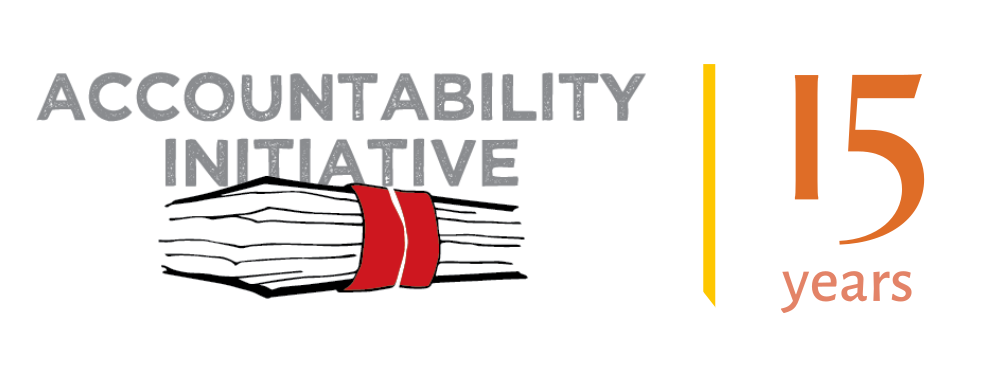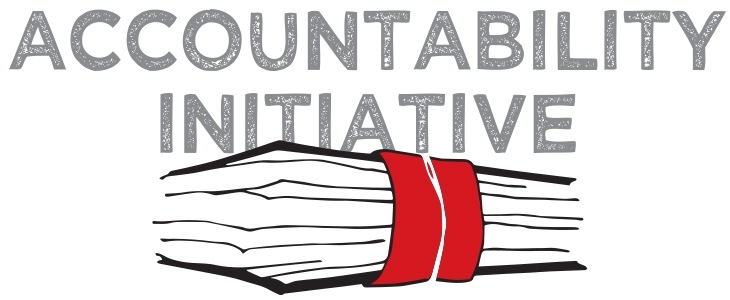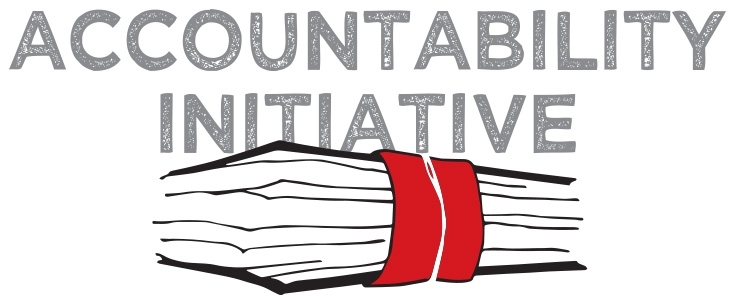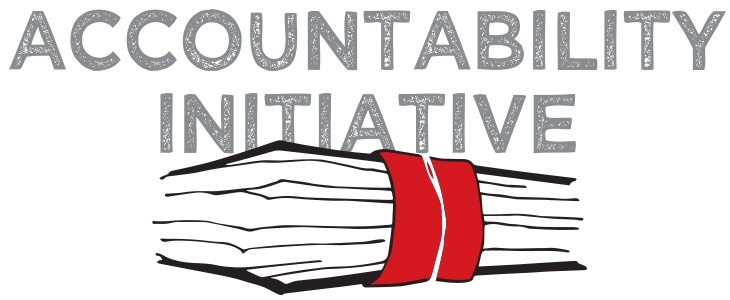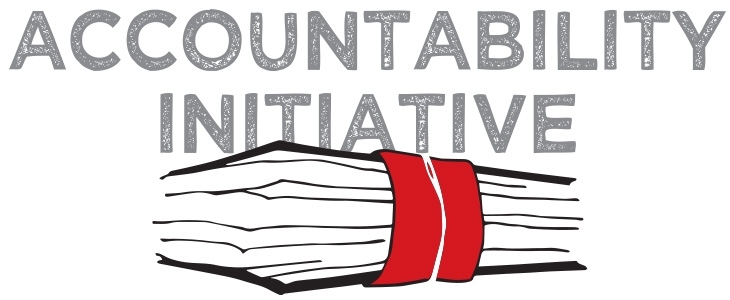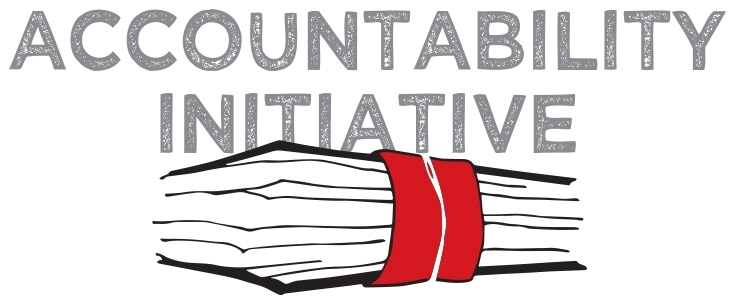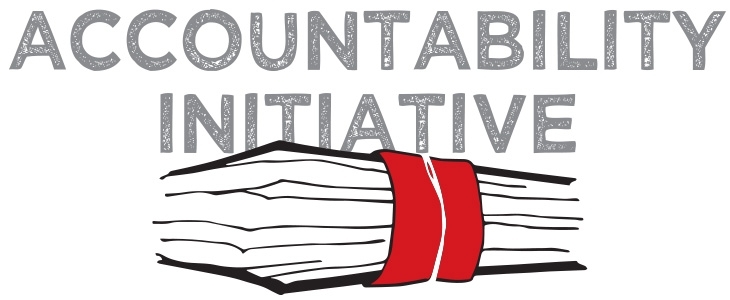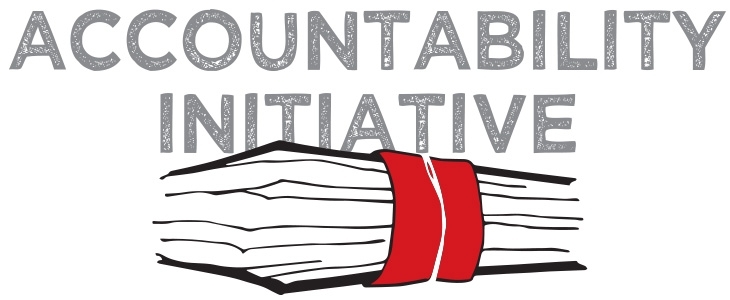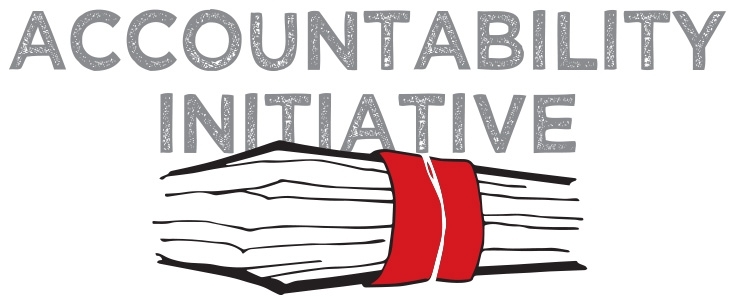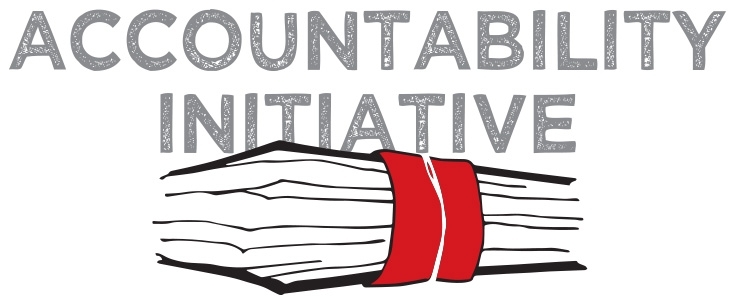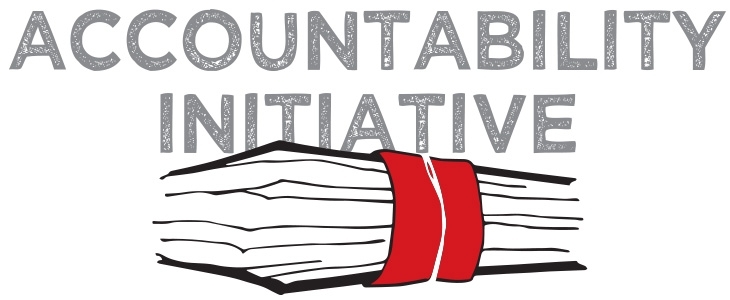Speaking at the biennial conference of the CBI and State Anti-Corruption Bureaus, the Indian Prime Minister reflected on the ‘malaise of corruption’ that is ‘sapping our efforts to march ahead as a nation’. He spoke about the urgent need for tackling corruption immediately and effectively, and urged anti-corruption agencies to ‘make the cost of corruption unacceptably high’.
Effective enforcement measures are one small element of a wider strategy to tackle corruption. As the PM argued, the primary purpose they serve is to create an environment of deterrence, in the absence of which corruption becomes a low-risk activity. It is for this reason that we ought to pay some attention to the effectiveness of our current institutional structure for tackling corruption.
The problem is the long delays in disposing of corruption cases – a result of failures within our judicial system.
At the Centre, corruption cases against senior public officials are handled by the Central Vigilance Commission (CVC). The CVC is a statutory body with substantial independence. However, its role is merely advisory, and this is its greatest weakness. The CVC has no powers to take action when its recommendations are not complied with. Not surprisingly, there are many instances of non-compliance. According to the CVC’s latest annual report, 225 cases imposing major penalties on officers were not complied with.
Additionally, every government department is entrusted with the specific responsibility of investigating vigilance cases for which Chief Vigilance Officers (CVO) are appointed. Delays in filling CVO positions are common. Moreover, these posts are usually occupied by officials within the department who handle vigilance responsibilities part-time. This seriously undermines the objectivity and autonomy of the vigilance officer in conducting inquiries.
An interesting feature of the anti-corruption system is the presence of Lokayuktas (ombudsmen) in many states. The idea of creating an ombudsman was first proposed by the Administrative Reforms Commission in 1966. Since then, 17 states have set up Lokayuktas headed by retired judges. But most Lokayuktas are ineffective as they have no independent authority to undertake investigations, and have limited resources. Moreover, the Lokayuktas have no authority over other vigilance agencies such as the anti-corruption bureau.
The greatest strength of the current system in India is the considerable autonomy accorded to the CVC. This was the result of a 1997 Supreme Court judgment that ordered the CVC to be transformed into a statutory body.
When they do get reported, anti-corruption cases suffer from inordinate delays in investigation and convictions. According to the CVC, investigations can take anything between six months to three years. Conviction rates are dismal. A recent World Bank study reports that in ten years Rajasthan managed to convict a mere 411 public officials for corrupt practices. Part of the problem is the long delays in disposing of corruption cases – a result of failures within our judicial system. In 2005, Orissa had over 1,800 cases pending in trial courts. Unconscionable judicial delays meant that 12% of the defendants were dead before their cases came to court!
What can be done to reform our anti-corruption systems? Strengthening the powers and resources available to vigilance agencies both at the center and states is the first obvious step. The Karnataka Lokayukta and Andhra Pradesh Vigilance Commission are two examples where this has been done with considerable success and resulted in increased convictions.
The judiciary can play a role in initiating these reforms. The greatest strength of the current system in India is the considerable autonomy accorded to the CVC. This was the result of a 1997 Supreme Court judgment that ordered the CVC to be transformed into a statutory body. To ensure autonomy, the court directed that the CVC be appointed by a committee which includes the President and the leader of the opposition. Similar interventions can go a long way in strengthening vigilance agencies across the country.
Yamini Aiyar is the Director of Accountability Initiative, and Senior Research Fellow at Centre for Policy Research
